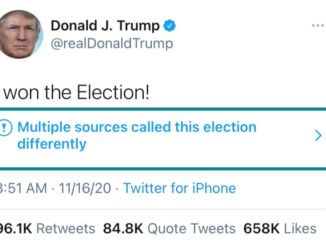
photo credit: Savanna Smith
As the school year begins, many seniors are working on submitting their college applications. With all the stress of deciding the path of their life, it is easy to take for granted the privilege of being prepared to attend college.
Low-income schools don’t receive the same funding or resources as high-income schools, and this fact is making it harder for their students to pursue their college dreams. Many students from disadvantaged financial backgrounds face obstacles in their path to higher education.
Students attending low-income schools in Ohio are overwhelmingly less likely to attend college compared to middle and upper class students. This trend is for a variety of reasons and due to policies that have been in place since school districts began in the 20th century, according to USA Today.
We believe that all students should have access to an equal educational experience through K-12 and reasonable access to higher education. No matter their financial background, children deserve the same opportunities as others.
Columbus City Schools (CCS) is the largest school district in Ohio, and faces the largest college access inequities in Franklin County, according to The Ohio State University. A concerning number of CCS high schools have a college readiness score of below 25 percent.
When compared to other schools in Central Ohio, CCS’s rate of students going to college is significantly lower. There is a noticeable correlation between schools with a large population of low-income students and low college attendance.
This goes with other issues such as chronic absenteeism, low test scores, suspension and expulsion. This same issue is prevalent in many other school districts in Ohio and nationwide; there has been a consistent pattern of bad behavior within low-income schools for decades.
At Randall Park High School, an Ohio school in the city of North Randall about 10 miles away from Columbus, 25 percent of students graduate with a college readiness score of less than one percent, according to GreatSchools. Meaning even with the low graduation rate, the students who do graduate are not equipped with the necessary tests or coursework for college.
The main reason for this educational gap is the resources available to low income students. At OOHS, Chromebooks and lap tops are used during a majority of lessons and classes, but not all students have access to this type of technology.
Another big aspect of academic disparities is teachers. Sadly, there is a large wage gap between teachers in low versus high income schools.
According to the Commonwealth Institute, there is up to a $10,000 wage gap depending on the school the teacher works in. As a result, less educated and underqualified teachers are more likely to work in low income schools.


